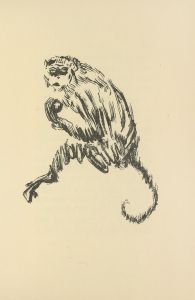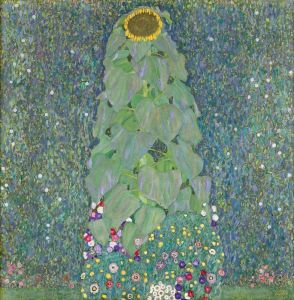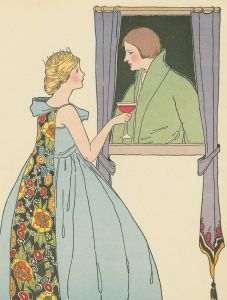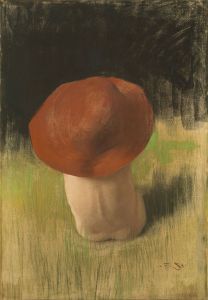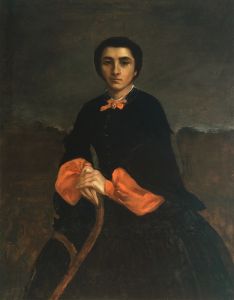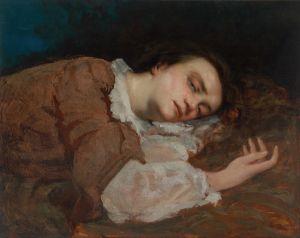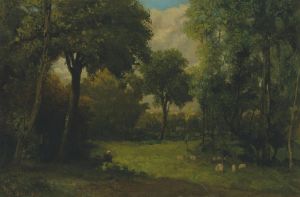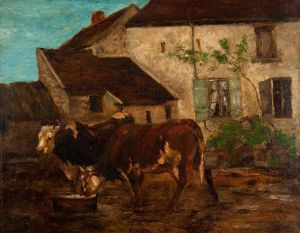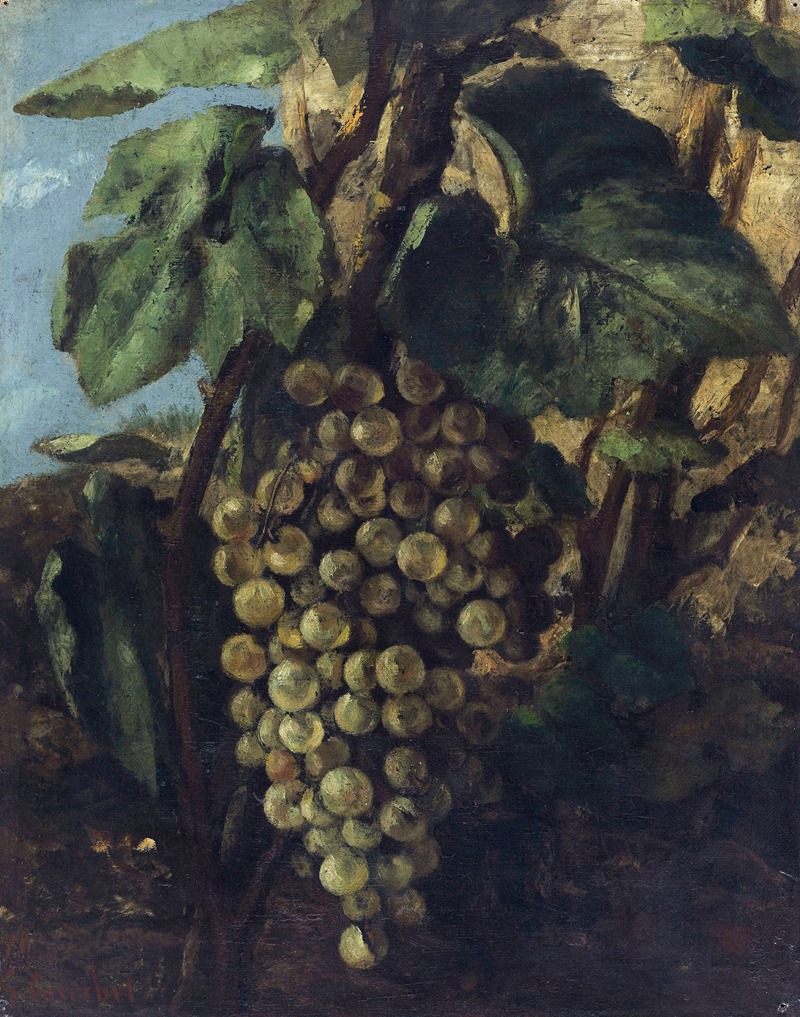
Grappe De Raisins
A hand-painted replica of Gustave Courbet’s masterpiece Grappe De Raisins, meticulously crafted by professional artists to capture the true essence of the original. Each piece is created with museum-quality canvas and rare mineral pigments, carefully painted by experienced artists with delicate brushstrokes and rich, layered colors to perfectly recreate the texture of the original artwork. Unlike machine-printed reproductions, this hand-painted version brings the painting to life, infused with the artist’s emotions and skill in every stroke. Whether for personal collection or home decoration, it instantly elevates the artistic atmosphere of any space.
Grappe De Raisins, translated as "Bunch of Grapes," is a painting by the renowned French artist Gustave Courbet. Courbet, a leading figure in the Realist movement, is known for his commitment to depicting everyday life and nature with unembellished accuracy. This particular work, although not as widely discussed as some of his larger and more famous pieces, exemplifies his meticulous attention to detail and his ability to capture the essence of natural subjects.
Gustave Courbet was born on June 10, 1819, in Ornans, France, and became a pivotal figure in the 19th-century art world. He rejected the idealized representations of Romanticism and instead focused on portraying the world as he saw it. His works often depicted rural scenes, landscapes, and still lifes, emphasizing the beauty and reality of ordinary subjects.
Grappe De Raisins is a still life painting that showcases Courbet's skill in rendering natural objects with precision and realism. The painting features a cluster of grapes, depicted with such detail that each grape appears almost tangible. The use of light and shadow in the painting highlights the texture and form of the grapes, making them appear three-dimensional. Courbet's brushwork is meticulous, capturing the subtle variations in color and the delicate translucency of the grape skins.
The composition of Grappe De Raisins is simple yet effective. The grapes are arranged in a natural, uncontrived manner, emphasizing their organic beauty. The background is typically dark, which serves to bring the grapes into sharp focus and enhances their vividness. This contrast between the subject and the background is a technique Courbet often employed to draw the viewer's attention to the primary elements of his paintings.
Courbet's still lifes, including Grappe De Raisins, reflect his broader artistic philosophy. He believed in the importance of painting from life and often used real objects as his subjects. This approach was part of his broader critique of the academic art establishment, which he felt was overly concerned with historical and mythological themes at the expense of contemporary reality.
While Grappe De Raisins may not be as famous as Courbet's larger works like "The Stone Breakers" or "A Burial at Ornans," it nonetheless represents an important aspect of his oeuvre. It demonstrates his ability to find beauty in the mundane and his dedication to portraying the world with honesty and fidelity. This painting, like many of Courbet's still lifes, invites viewers to appreciate the simple, often overlooked details of the natural world.
In summary, Grappe De Raisins by Gustave Courbet is a testament to the artist's realist approach and his skill in still life painting. Through his detailed and lifelike depiction of a bunch of grapes, Courbet captures the essence of his subject with remarkable clarity and precision. This work, though modest in scale, exemplifies Courbet's commitment to realism and his ability to elevate everyday objects to the level of fine art.





